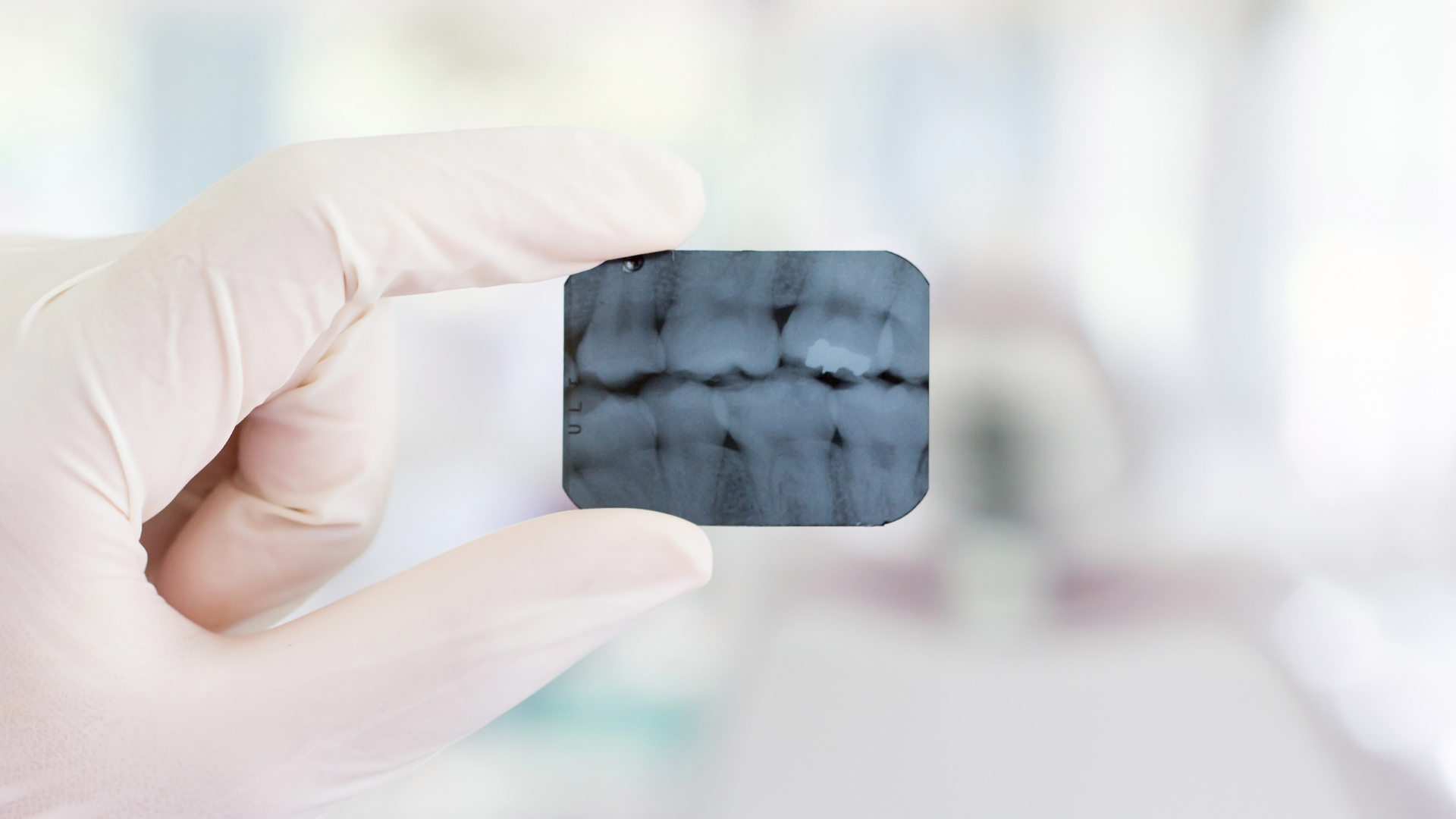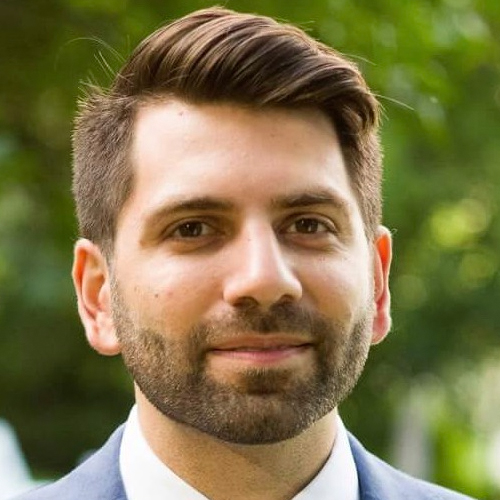
“I know I need to see a dentist, but I can’t afford to. That’s why I’m in the ER.”
One of us, an emergency physician, has heard this too many times to count.
“I would’ve seen a dentist earlier, but I live paycheque to paycheque. I put it off, hoping this horrible toothache would get better on its own. But it’s getting worse.”
The other, a practising dentist, often sees patients delay care due to cost. It can lead to worsening – and sometimes life-threatening – infections, and more complex and expensive care.
Dental care is health care. Your oral health is an essential part of your overall health. And while we are encouraged by the 2022 federal budget that promises $5 billion over five years of public spending on dental care, money alone won’t be enough.
Having floss doesn’t mean you are flossing your teeth. Similarly, having insurance doesn’t mean you can access a provider. Without increasing public delivery of dental care, this will be another program that exists on paper but doesn’t actually help people in need.
But if designed properly, this program will help millions of Canadians and be the first step on the road to what is truly needed – universal, single-payer dental care.
It’s important to understand the distinction between financing (who pays for care) and delivery (who administers the care). In most of our health-care system, the government pays for the care covered through its insurance program (public financing), but the care itself is often delivered privately (through not-for-profit hospitals or doctors’ clinics that run as independent, small businesses).
A drug, dental and mental health plan for uninsured Canadians
The proposed federal dental-care plan commits to increasing public spending by providing coverage over the next three years for uninsured individuals and families making less than $90,000 a year.
The plan starts with children under 12 in 2022, with coverage expanding to those under 18, seniors and people living with disabilities in 2023, and the remainder of people below the income threshold in 2025 – eventually covering 6.5 million Canadians.
It’s an ambitious timeline, and if implemented, it would triple public dental spending in Canada. But details are still vague on how care would be delivered.
It could be structured as a public insurance program, like medicare, that pays for privately delivered care. Or it could include public delivery that provides comprehensive dental care to populations with the highest needs. This could include care delivered in public schools, in government-run community health centres that integrate dental care with other health care and social supports, or in public-health dental clinics.
Currently, Canada is one of the highest-income countries with one of the lowest shares of public spending on dental care. Out of all dental care spending, only five per cent is public. That’s roughly half the rate of the United States and far behind Japan’s 75 per cent. One in three Canadians lacks dental insurance and more than one in five avoids the dentist each year due to financial constraints.
We clearly need to increase public dental spending.
Despite our anemic public investment in oral health, we do have several public provincial programs. These programs typically publicly finance the delivery of oral health care for children and those on social assistance, with the dental work done in private dentists’ offices.
But those with public insurance still struggle to see a dentist. One in seven Canadians with insurance avoids seeing a dentist due to cost. Almost 90 per cent of individuals in the highest-income quintile who have dental insurance have seen a dentist in the last year. It’s less than 70 per cent for those in the lowest income quintile who have dental insurance.
Clearly, having insurance is not the only factor determining access.
One reason is geography. Private dental clinics are incentivized to set up in profitable areas – for example in high-income and high-density neighbourhoods. This leads to a relative “over-saturation” of dentists in large, urban centres compared to rural and remote communities. By contrast, publicly delivered dental clinics are matched to the health needs of the community.
Another reason is that public plans often pay lower fees than private plans. It can be difficult for public programs to keep up with increasing fees in the private system, as programs are typically not indexed to inflation. This discrepancy leads those relying on the public programs, who tend to have higher oral-health needs, to be a lower priority in the private delivery system.
Public delivery of dental care can employ salaried dentists, dental therapists, dental assistants and dental hygienists to provide comprehensive care. It will be based on need while ensuring the affordability and sustainability of the program.
A final challenge for those with public dental insurance is that patients in these programs are more likely to have complex health needs. Even if fees are matched for the same service, there is still a disincentive for private dental practices to see complex patients. That’s because private dental clinics rely on volume to operate sustainably.
Those with complex medical- and mental-health needs can instead be better served by providing dental care in integrated health-care models. This can be found for example in publicly delivered community health centres.
Public delivery models can help ensure that public dental spending leads to improved access for those who need it the most. Thankfully, we have excellent historical examples of cost-effective and efficient public delivery of dental care.
Saskatchewan and Manitoba provided public, school-based dental programs in the 1970s and 80s with great success. Economist Stephanie Rezansoff stated that the programs virtually eliminated disparities in access between socioeconomic groups and geography.
The school-based clinics used dental therapists. These are dental providers who can do fillings, cleanings and simple extractions at a lower cost than a dentist. School-based dental programs are easily accessible, which ensures no one falls through the cracks like they do with the private delivery model.
Providing dental care in public settings such as schools, community health centres, long-term care facilities and public health units ensures that people can access comprehensive care. For communities with an inadequate dental workforce, dental therapists can do most of the routine treatment, leaving dentists to focus on more complex care, like root canals or crowns.
The promise of increased public dental spending is encouraging for every Canadian that has struggled with debilitating dental pain but has had to put off care due to cost. To ensure that this plan truly helps those Canadians in need, we must also increase public delivery models.
Canadians deserve to have their floss and use it, too.














